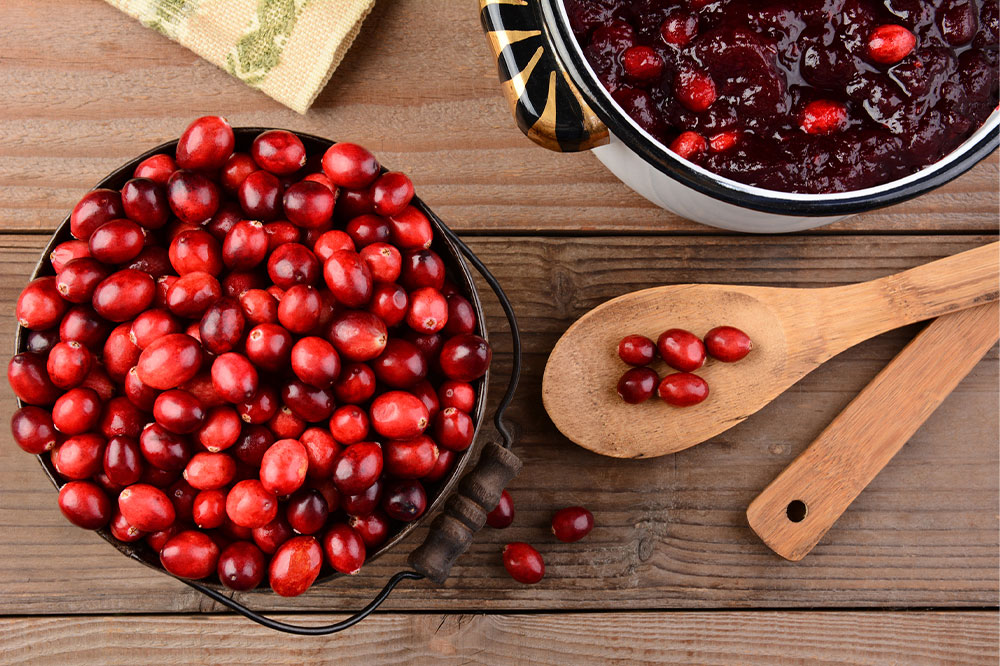Comprehensive Guide to Managing Overactive Bladder Symptoms Effectively
This comprehensive article explores effective strategies to manage overactive bladder symptoms, including medical treatments such as GEMTESA and Myrbetriq, dietary recommendations involving berries, hygiene practices, and pelvic floor exercises. It aims to provide readers with a detailed understanding of how lifestyle and medical interventions can improve bladder control, reduce urgency, and enhance quality of life. The guide emphasizes the importance of personalized treatment plans and proactive management for those affected by this common condition.

Comprehensive Strategies for Managing Overactive Bladder
Overactive bladder (OAB) is a prevalent condition that affects millions worldwide, characterized by a sudden, uncontrollable urge to urinate frequently during the day and sometimes during the night. In the United States alone, it is estimated that approximately 35 million people suffer from this condition, which can significantly impair daily life, social relationships, and professional productivity. The discomfort and inconvenience caused by OAB can lead to reduced confidence and social withdrawal. Fortunately, there are a variety of effective management options—ranging from medications to lifestyle modifications—that can help individuals control their symptoms and improve their quality of life.
Understanding Treatment Options for Overactive Bladder
Medical treatments are often the cornerstone of OAB management. One of the recent advancements involves the use of GEMTESA (vibegron), a medication that works by activating beta-3 adrenergic receptors in the bladder muscle, leading to relaxation of the detrusor muscle—this minimizes the urgency to urinate. Other medications like Myrbetriq (mirabegron) are also widely prescribed; they work by relaxing bladder muscles, thus increasing bladder capacity and reducing urgency and frequency. Additional treatment options include anticholinergic drugs such as TOVIAZ (oxybutynin) and newer agents like INVOKANA® (canagliflozin), which have shown promising results in certain cases. Your healthcare provider can help determine the most suitable treatment plan based on your specific symptoms and health condition.
Dietary Adjustments to Support Bladder Health
Incorporating certain nutrient-rich fruits into your diet can significantly support bladder health and improve symptoms of OAB. Fruits such as cranberries, strawberries, and blueberries are known for their high vitamin C content, which plays a vital role in preventing urinary tract infections (UTIs) that can exacerbate bladder problems. These berries contain high levels of antioxidants that help reduce inflammation and promote overall urinary health. Consuming these fruits regularly—whether as snacks, smoothies, or added to salads—can help maintain hydration levels and reduce irritability of the bladder. Proper hydration is essential in flushing out toxins and bacteria, preventing infections, and managing symptoms effectively.
Maintaining Proper Hygiene to Reduce Bladder Irritation
Personal hygiene practices are crucial in managing OAB symptoms. However, over-washing or using harsh soaps can strip the skin of its natural oils, causing dryness and irritation around the genital area, which can worsen discomfort. It is advisable to use mild, fragrance-free cleansers and to avoid excessive washing, especially during menstruation. Women experiencing periods should opt for gentle hygiene products to prevent irritation and maintain a healthy balance. Wearing breathable, cotton underwear and staying dry are also important steps in preventing infections and irritation, contributing positively to bladder control.
Pelvic Floor Exercises and Bladder Training Techniques
Regular pelvic floor exercises, specifically Kegel exercises, are highly effective in strengthening the muscles that support the bladder. These exercises involve repeatedly contracting and relaxing the pelvic muscles, which can enhance bladder control over time. Additionally, implementing bladder training techniques—such as double voiding (urinating twice in quick succession)—can help manage urgency and reduce the frequency of episodes. Developing a scheduled urination routine and gradually increasing the intervals between urinations can retrain the bladder, leading to better control and fewer accidents. Consistency and patient commitment are key to achieving long-term benefits from these exercises and techniques.
Overall, managing overactive bladder involves a comprehensive approach that combines medical treatment, dietary modifications, hygiene practices, and targeted exercises. Consulting with a healthcare professional is essential to formulate a personalized plan tailored to your specific needs. Adopting these strategies can significantly enhance your quality of life, reduce embarrassing episodes, and restore confidence in your daily activities. Remember, while OAB can be challenging, effective management is possible with the right combination of treatments and lifestyle adjustments. Taking proactive steps and seeking professional guidance are crucial in regaining control over your bladder health and enjoying a more comfortable, symptom-free life.





